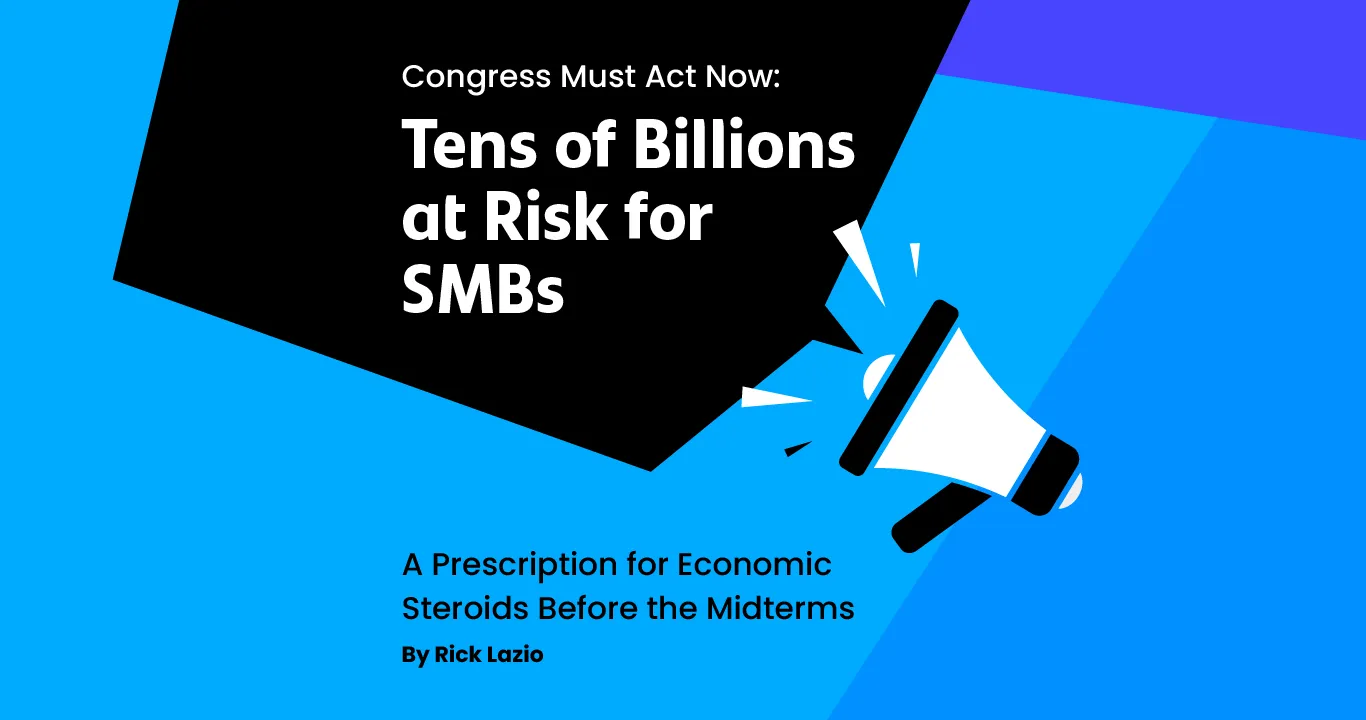How to claim the R&D tax credit
- Payroll records for employees involved in R&D.
- Expenses, receipts, and accounts for supplies and equipment related to R&D.
- Contracts and invoices paid to any third-party partners involved in R&D.
- Blueprints, patents, designs, drawings, and prototypes related to research.
- Project and meeting notes related to research.
Tilstone strongly recommends partnering with a CPA or accountant to make sure you’re eligible for this credit.
“More often than not we find that new clients have been under-claiming the credit, if they have taken it at all,” he said. “We have found that during this difficult period, small and mid-sized businesses have been able to use the capital from the credit as a lifeline to keep their doors open and pay their employees. It’s likely that your peers are using it in an attempt to get through this difficult time. The capital that businesses can bring in because of the credit can go toward any growth effort: hiring new employees, investing in new infrastructure, integrating new technologies to increase competition.”
Businesses looking to file their qualified R&D expenses need to complete Form 6765, which includes the following four sections:
- Section A is for businesses claiming regular credit.
- Section B is for the alternative simplified credit.
- Section C recognizes additional forms and schedules.
- Section D is for qualified small businesses that are making a payroll tax election.
The IRS suggests businesses calculate their credit using regular and simplified methods and then choose the section that offers the highest tax benefit.
For the 2024 tax-filing season, the IRS is considering significant changes to the R&D tax credit. If adopted, it could impose a substantial reporting burden on taxpayers seeking to claim this tax credit. Potential changes include the addition of a new Section E with five miscellaneous business questions and a new Section F asking for detailed information related to business components under Section 41 of the Internal Revenue Code.
The R&D tax credit claim process
Claiming the R&D tax credit can be done in three simple steps:
- Study your R&D processes internally to identify the activities and their associated costs, which entails a thorough review of your financial records and business documents.
- Build your case by collecting the necessary documentation to support your claim and complete the required forms that show the total expenses.
- Apply for the credit by filling out Form 6765 and submitting it with your business’s federal income tax return.
The qualifying four-part test
To determine whether your business qualifies for the federal R&D tax credit and its potential benefits, consider this four-part test under IRS Section 41.
- Section 174 Test: Expenditures must be related to your trade or business, reducing uncertainty about development or improvement.
- Discovering Technological Information Test: Your experimentation process must be grounded in physical or biological sciences, engineering, or computer science.
- Business Component Test: Your business needs to have the intention of implying the discovered information to develop a new or improved business component, connecting the research to a relevant aspect of your business.
- Experimentation Test: Your process should assess other methods or designs when the outcome is initially uncertain.
All four of these criteria must be met to qualify.
Eligible expenses
The R&D tax credit includes various expenses related to domestic labor, supplies, contracted services, and cloud computing when associated with product, software, or process development. Eligible labor includes wages for employees directly involved in the technical design, prototyping, testing, and supervision of a product. Certain supplies, like unrecovered raw materials used in R&D, are also eligible for the R&D tax credit. However, contracted expenses must involve the economic risk of the work and usually apply to development, engineering, and research contracts.
Types of businesses that are eligible
The R&D tax credit remains underutilized, primarily due to eligible businesses not fully understanding its potential. An estimated 14,000 businesses in the United States applied for the credit in 2022.
The credit is available for businesses of all sizes. Qualifications for this tax credit hinge on whether your company invested in activities recognized by the IRS as R&D, within industries like manufacturing, software, financial services, and agriculture commonly qualifying. Regardless of your industry, exploring this tax credit opportunity can optimize the financial performance of your business and lead to better resource allocation.






